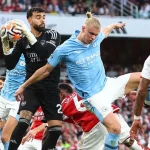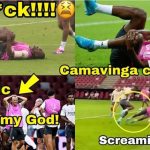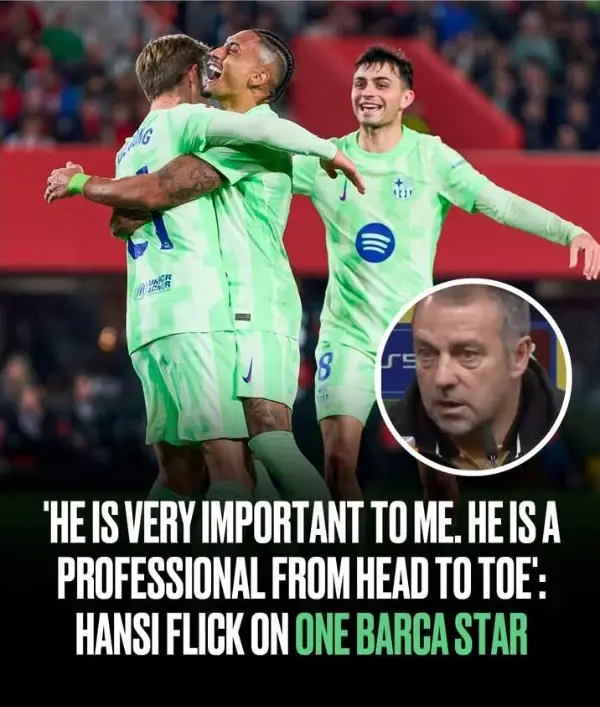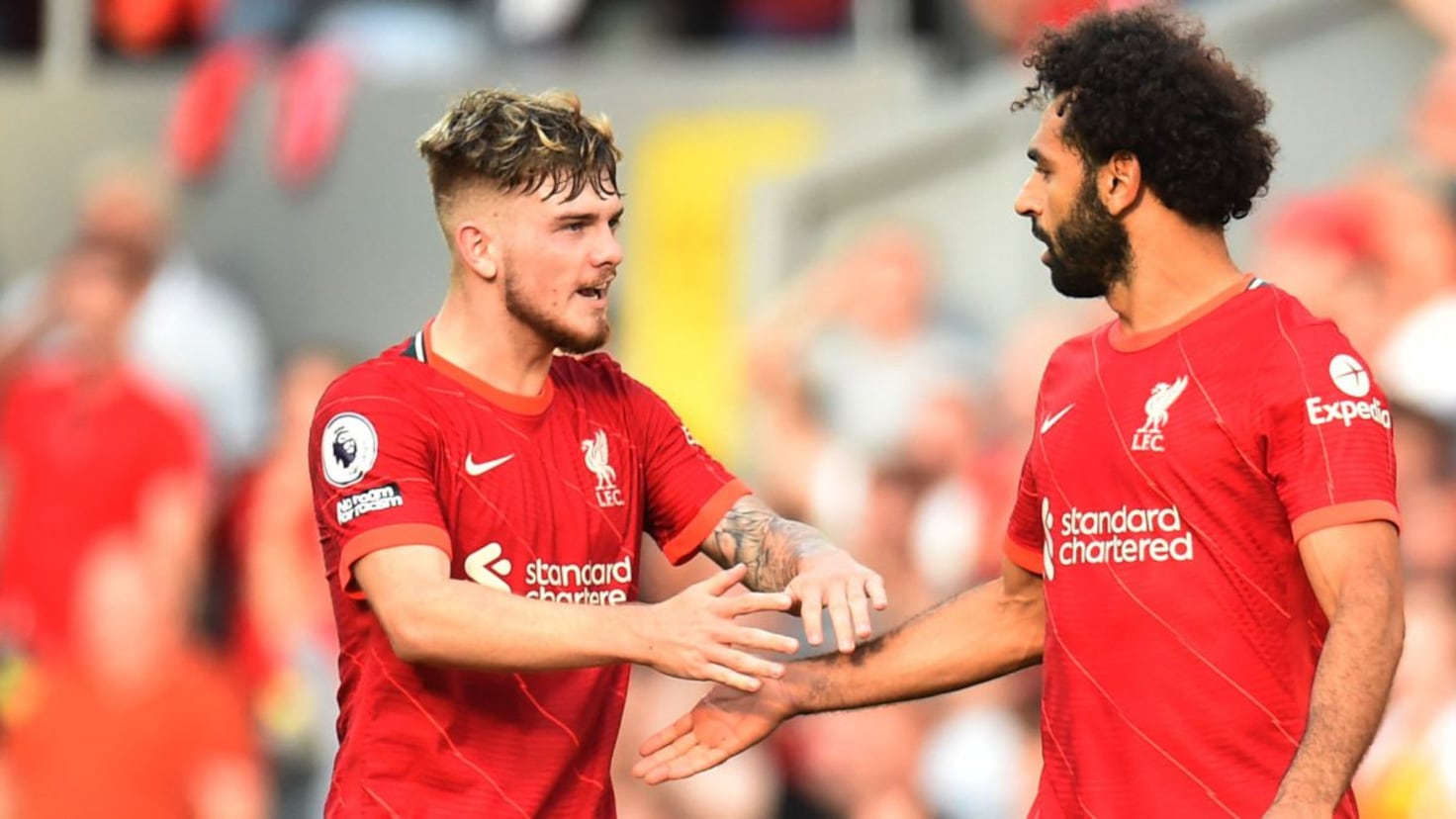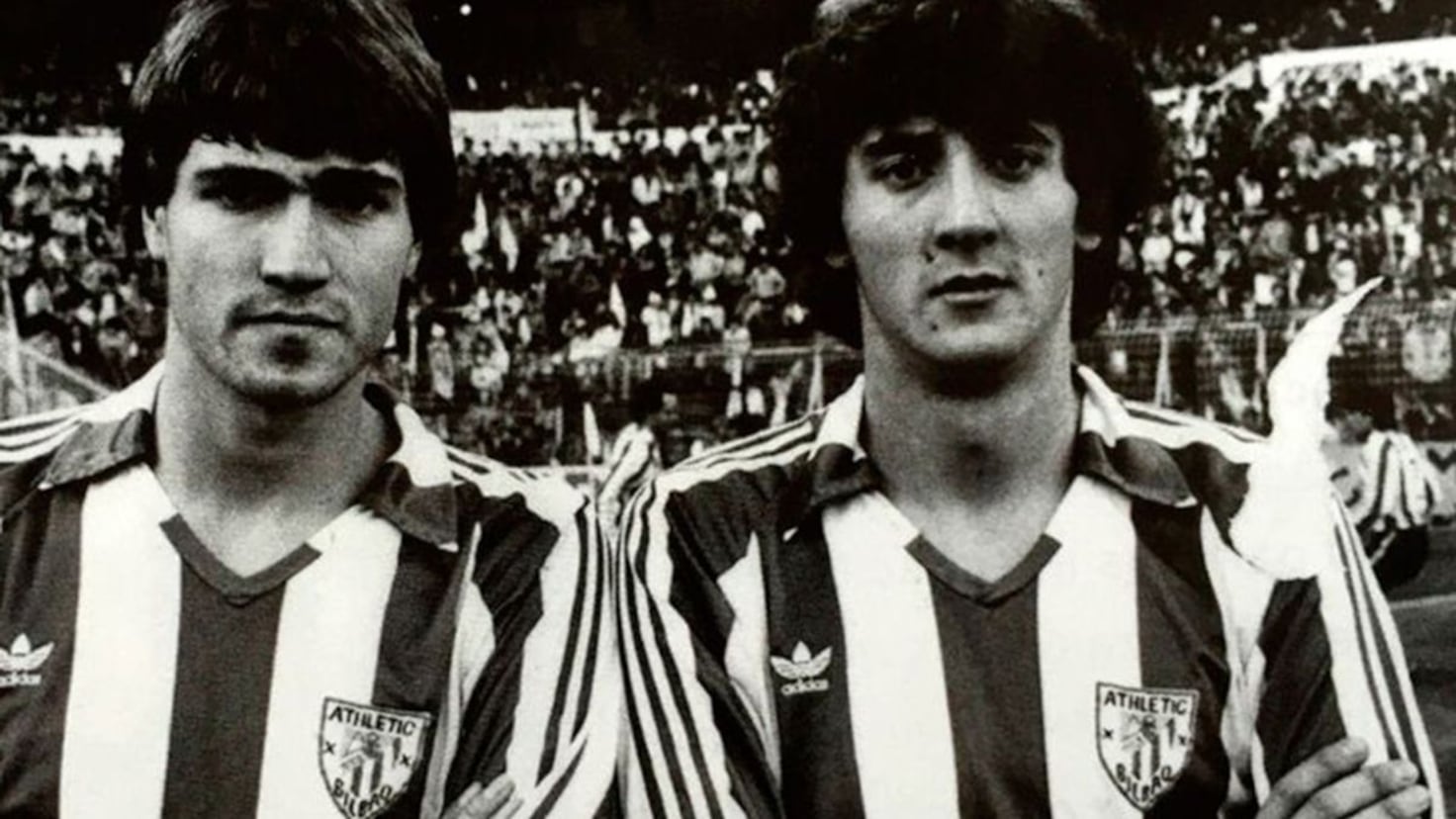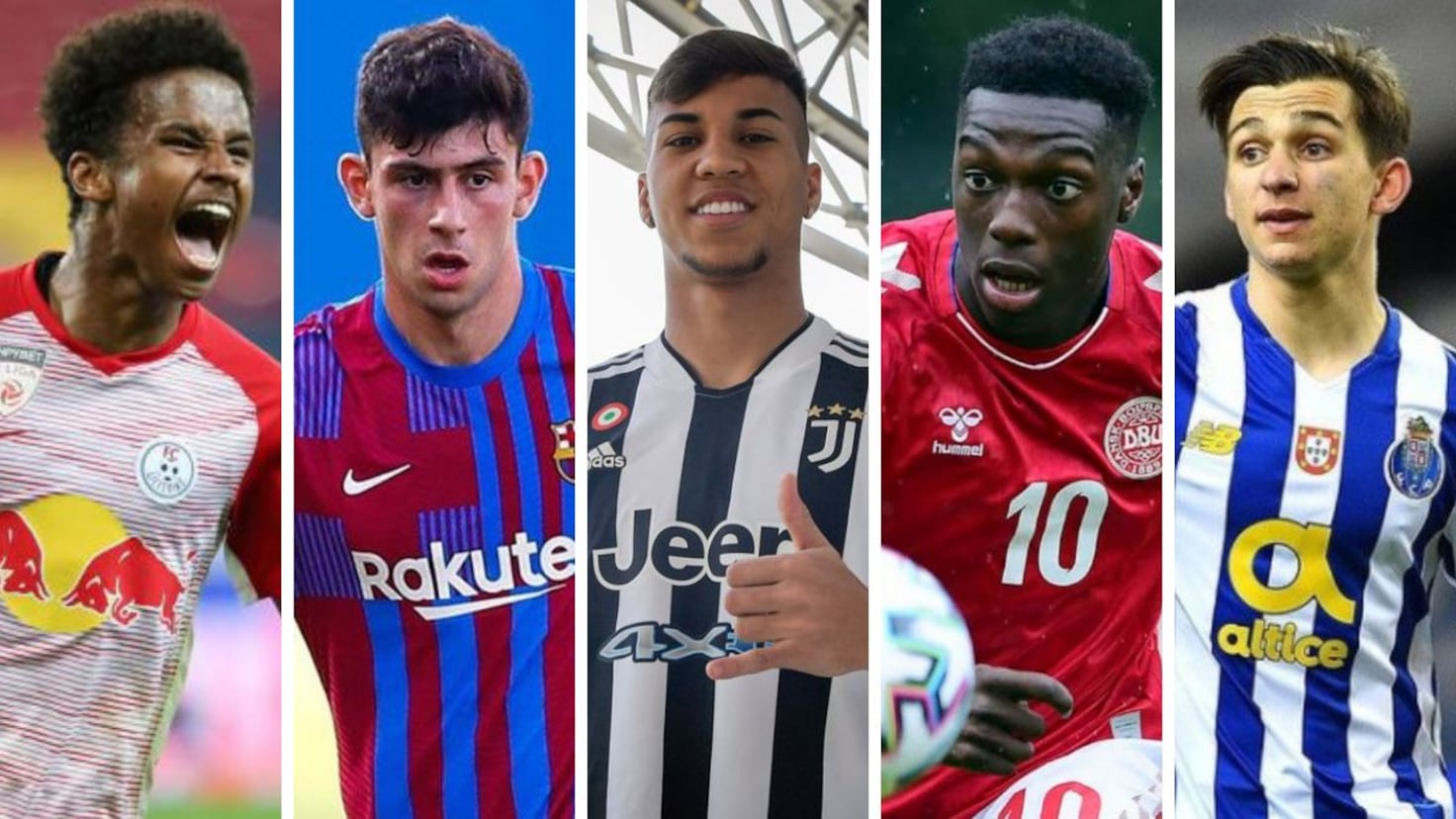At the end of the fifties, Salvador Botella was the third great of the Spanish platoon, somewhat obscured by the Loroأ±o-Bahamontes rivalry. In winter I used to train on the same route, on the road from Benifai to Almansa. One day he noticed that another cyclist was following him at a discreet distance. He pressed, and the pursuer remained at a distance. The matter was repeated several times until one day he stopped and questioned him.
It turned out to be Angelino Soler, an amateur runner from Alcázar (Valencia), who wanted to test himself by seeing if he was capable of following the idol. Given such a good disposition, I recommended him for the amateur section that his team, Faema, was going to create for the Tour of the Pyrenees.
This is how the cycling career of the man who 60 years ago would shake the foundations of our cycling was promoted by winning, at only 21, the Vuelta a España, against the established members of the Spanish peloton plus the fearsome Belgian team Groewe , “the green devilsâ€, with the prestigious De Mulder and Messelis, the French Mahأ© and Dotto, the Portuguese Barbosa and the Italian Sabaddin.
By then he had already covered his amateur stage and as a professional he had scored a success in the Vuelta a Andalucأa that year, 1961, which he ran thanks to a leave from the military. On his return he went with a new permit (he would later have to return it, graduating three months after his fifth) and as a gregarious. Faema had three candidates, Suأ،rez, Botella and Gأ³mez del Moral. In other teams there were Loroأ±o, Pأ©rez Francأ©s, Manzaneque, Karmany, Julio Jimأ©nez… Only Bahamontes was missing.
The Vuelta began in San Sebastián, crossed Catalonia, went down the Mediterranean to Bendidorm, then turned towards Madrid and went up through Castilla to finish in Bilbao. So much north is explained because the organizer was El Correo Espaأ±ol-El Pueblo Vasco.
Benidorm is worth a stop. That year was the legendary Vespa trip of the visionary mayor of Benidorm, Pedro Zaragoza, to Madrid, where he managed to meet with Franco and get him to authorize the bikinis, a founding episode of the immediate tourist boom with its epicenter in Benidorm. In his desire to make his city resonate, he managed to include it in the Vuelta.
In the sixth stage, Tortosa-Valencia, there was a nine-man breakaway that would prove decisive. The finish line was in an improvised velodrome in Mestalla, packed to bursting, and there the newcomer Angelino Soler won the sprint to the euphoria of an entire stadium on its feet. Unforgettable. They arrived nine minutes ahead, 10 for Soler for the bonus. Saltأ³ of 30آ؛ at 3آ؛. There was no lack of criticism because one of the Belgians, Seynaeve, remained leader, and it seemed that it was going to be difficult to remove him from there. Soler had pulled more than anyone else in the breakaway, more than anyone else. He had spent his strength, it was said, for the benefit of a Belgian. Others believed that Seynaeve, a cyclocross specialist, would fall like ripe fruit.
Indeed, in Madrid-Valladolid, the jersey passed to his compatriot Messelis. That day Soler, without help from his teammates, lost two positions. But the next day he won them back in the Valladolid-Palencia time trial. And third, he would arrive at the northern mountains, with several well-placed faemas thinking about everything but him.
In the queen stage, Santander-Vitoria, an unusual event occurred: the collaboration between all the Spanish teams, generally in a fight. They dropped Messelis, who narrowly saved the lead. Angelino Soler was one of those who worked the most. That night the director of Faema, Bernardo Ruiz, told him that he had made a mistake, apologized and told him that in the next one, Vitoria-Bilbao, they would work for him. That’s how it was. Faema worked en bloc for the benefit of Angelino Soler, who was up to the task. Messelis collapsed.
So he already ran the last stage as leader, Bilbao-Bilbao, which started with fright: a pile-up in which he hurt his nose and had a hard time recovering his bicycle, which had slipped under a truck. But everything happened, calm returned and he won the race with 51s over Mahأ© and 2m23s over Pأ©rez Francأ©s. Tenth was Jesús Loroأ±o, at 7m47s. He beat all of them and a few others for the 10 minutes he achieved in the Mestalla velodrome… and for his way of defending them alone.
At the time it was sensational for someone to win the Vuelta at 21 years old. His status as a complete cyclist was valued, and a great future was predicted for him. Unfortunately it was not like that. Some untimely fall, some untimely illness, signing for an Italian team, in which he did not adapt. The mountain of the Giro and four stages plus a sixth place in the Tour were the best thing he did after that great start. Married at 25 years old, he left him at 28, the age at which most people reached their prime, to dedicate themselves to their businesses.
He passed through cycling like a meteor. The Alcأ sser Meteor, as he was nicknamed after his brilliant victory at Mestalla.

